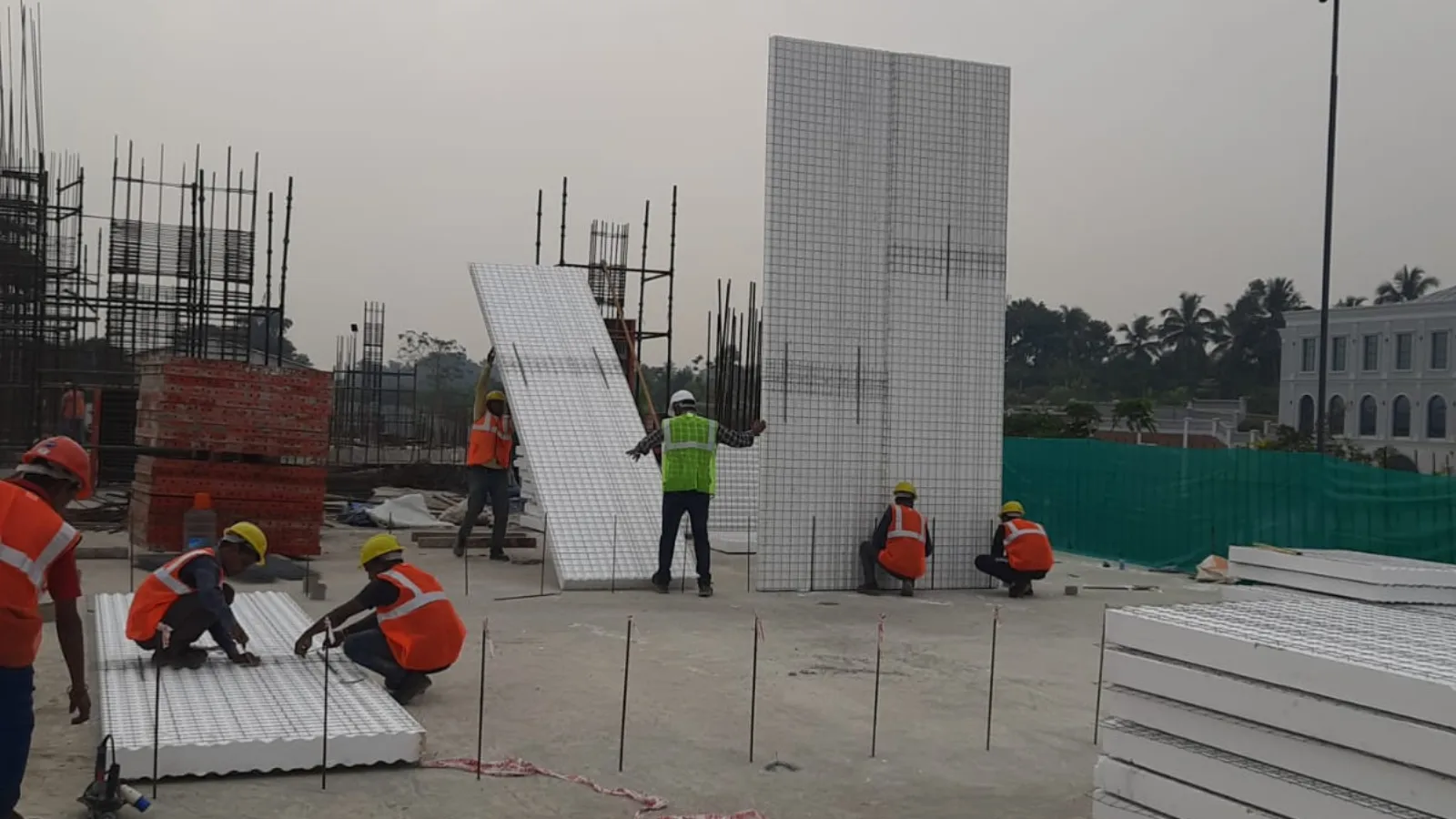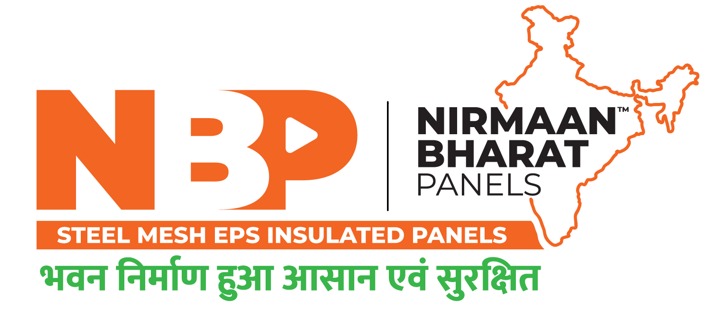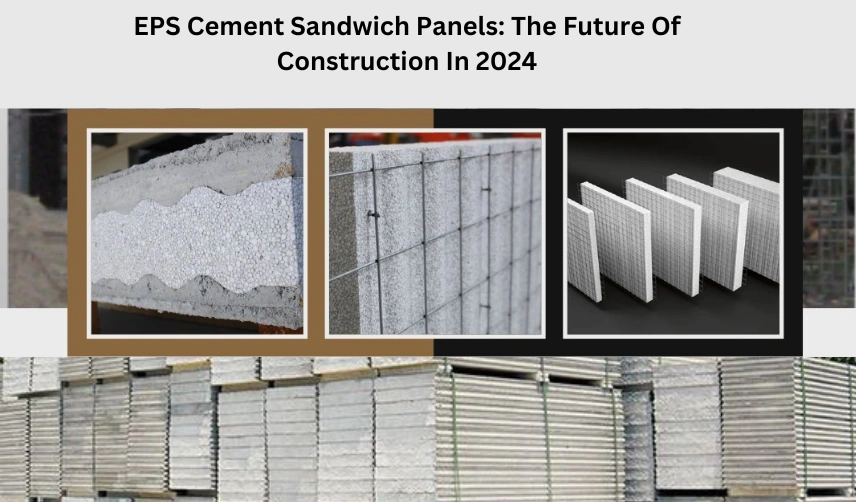The construction sector is consistently transforming, embracing novel technologies, materials, and strategies to develop infrastructure that is increasingly efficient, environmentally friendly, and economically viable. One such innovation that is gaining popularity in the coming years is EPS (Expanded Polystyrene) Cement Sandwich Panels. These panels have been making waves in the construction sector due to their numerous benefits and versatile applications. In this blog post, we will delve into the reasons why EPS cement sandwich panels are trending in 2024 and how they are shaping the future of the construction industry.
Table of Contents
ToggleEnergy Efficiency and Insulation
One of the primary reasons for the growing popularity of EPS panels is their excellent insulation properties. EPS is known for its high insulation value, which helps regulate indoor temperatures, reducing the need for heating or cooling systems. This, in turn, leads to significant energy savings and a decrease in carbon footprint. As the world becomes more environmentally conscious, energy-efficient building materials like EPS cement sandwich panels will continue to gain traction.
Durability and Strength
Despite being lightweight, EPS cement sandwich panels possess remarkable strength and durability. The outer cement layer provides protection against external factors like moisture, UV rays, and mechanical damage. The inner EPS core offers insulation and resistance to fire, further enhancing the overall durability of the panels. This combination of strength and resilience makes EPS cement sandwich panels an ideal choice for long-lasting, low-maintenance structures.
Cost-Effective and Time-Saving
The use of EPS cement sandwich panels in construction projects results in significant cost savings. The lightweight nature of the panels reduces transportation and installation costs, while their energy-efficient properties lower energy bills in the long run. Moreover, the faster construction times associated with these panels contribute to reduced labor costs, making them a cost-effective solution for various projects.
Versatility in Applications
EPS cement sandwich panels can be used in a wide range of applications, including walls, roofs, and floors. Their adaptability allows for the creation of various designs and architectural styles, making them suitable for both modern and traditional building designs. Additionally, these panels can be customized to meet specific project requirements, such as incorporating windows, doors, and other openings.
Lightweight and Easy to Handle

EPS cement sandwich panels are incredibly lightweight, making them easy to handle, transport, and install. This property allows for faster construction times and reduced labor costs. Additionally, the lightweight nature of these panels makes them suitable for various applications, including residential, commercial, and industrial buildings.
Eco-Friendly and Sustainable
In today’s world, sustainability is a crucial factor in the construction industry. EPS cement sandwich panels are made from recyclable materials, contributing to a greener environment. Moreover, the energy-efficient nature of these panels reduces the overall carbon footprint of a building, making them an eco-friendly choice for construction projects.
Sound Insulation
EPS cement sandwich panels offer excellent sound insulation properties, making them ideal for use in noisy environments like highways, airports, and industrial areas. The panels help create a quieter indoor space, improving the overall comfort and well-being of occupants.
Fire Resistance
EPS cement sandwich panels have a high level of fire resistance due to the presence of the cement layer. This property ensures the safety of occupants in case of a fire, as the panels can withstand high temperatures without compromising their structural integrity.
Aesthetic Appeal
While EPS cement sandwich panels offer numerous functional benefits, they also contribute to the aesthetic appeal of a building. The panels can be finished with various textures and colors, allowing architects and builders to create visually appealing structures that complement their surroundings.
Global Adoption and Acceptance
EPS cement sandwich panels have gained widespread acceptance in various countries across the globe. This global adoption is a testament to their effectiveness and versatility in different climates and construction scenarios. As more countries recognize the advantages of using these panels, their popularity is set to increase in the coming years.
Conclusion
EPS cement sandwich panels are undoubtedly a game-changer in the construction industry, offering a multitude of benefits that cater to the ever-evolving needs of modern society. Their energy efficiency, durability, cost-effectiveness, and eco-friendliness make them an attractive choice for both builders and homeowners. As we move towards a more sustainable and energy-conscious future, it is likely that EPS cement sandwich panels will continue to trend and play a significant role in shaping the construction landscape in 2024 and beyond.
Also, read
Understanding The Difference Between EPS And Reinforced EPS Structural Panels
FAQs
What are EPS cement sandwich panels?
EPS cement sandwich panels are building materials made from a core of expanded polystyrene (EPS) foam sandwiched between two layers of cementitious material. These panels are known for their lightweight nature, excellent insulation properties, and durability, making them popular for various construction applications.
What are the advantages of using EPS cement sandwich panels?
EPS cement sandwich panels offer several advantages. Firstly, they provide outstanding thermal insulation, helping to maintain comfortable indoor temperatures and reduce energy costs. Secondly, they are lightweight, making them easy to handle and install, thus reducing construction time and labor costs. Additionally, these panels are fire-resistant, moisture-resistant, and have excellent sound insulation properties, enhancing the overall quality and safety of the building.
How are EPS cement sandwich panels installed?
Installation of EPS cement sandwich panels typically involves several steps. First, the panels are cut to the required size using appropriate tools. Then, a suitable adhesive or mortar is applied to the panel’s surface before it is firmly pressed into place. Depending on the specific application and design requirements, panels may be fastened to the structure using mechanical fasteners or adhesive bonding. Finally, joints between panels are sealed to ensure proper insulation and structural integrity. It’s essential to follow manufacturer guidelines and consult with construction professionals for the correct installation procedures.


